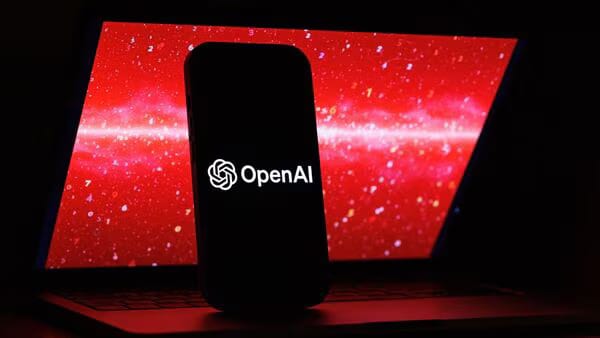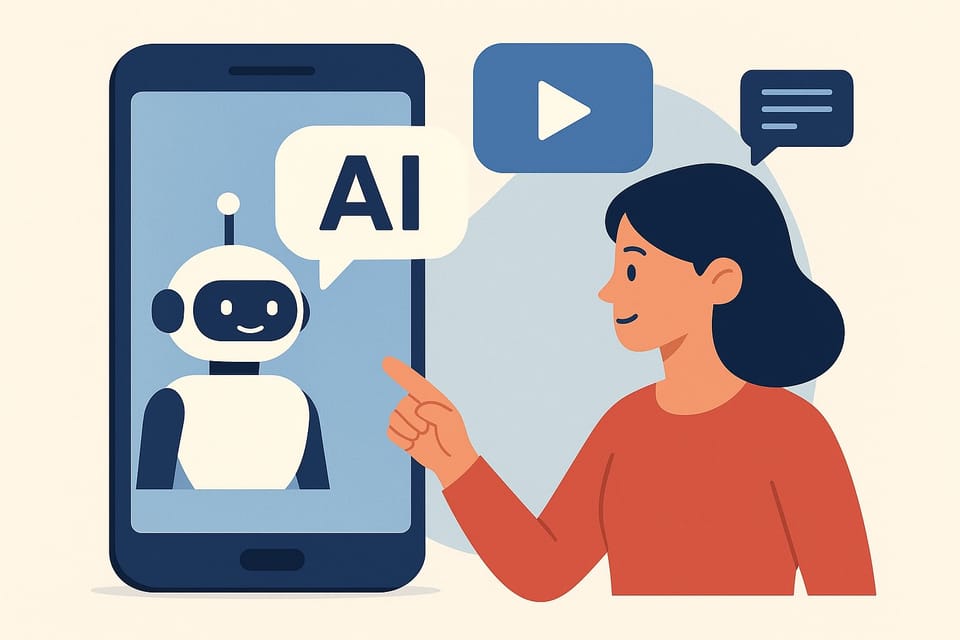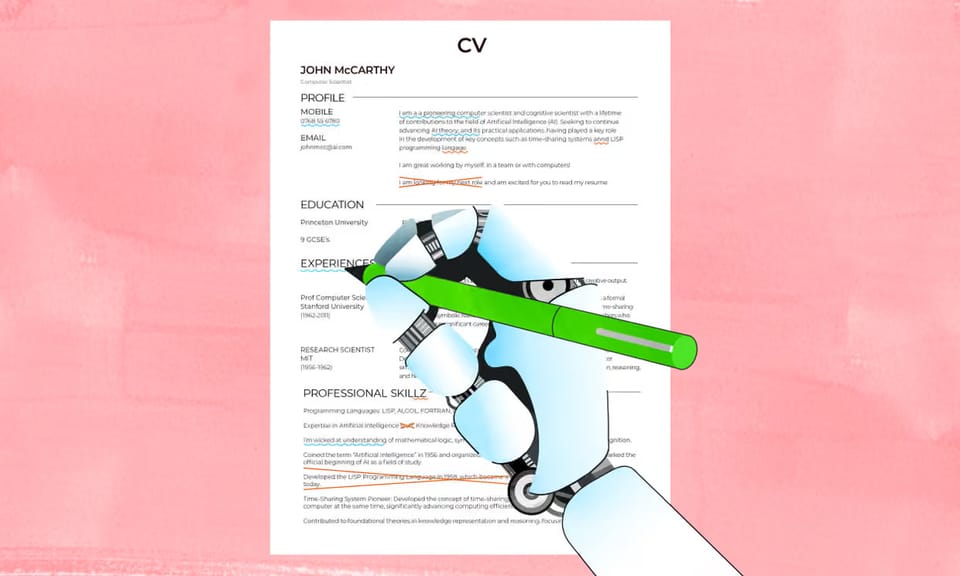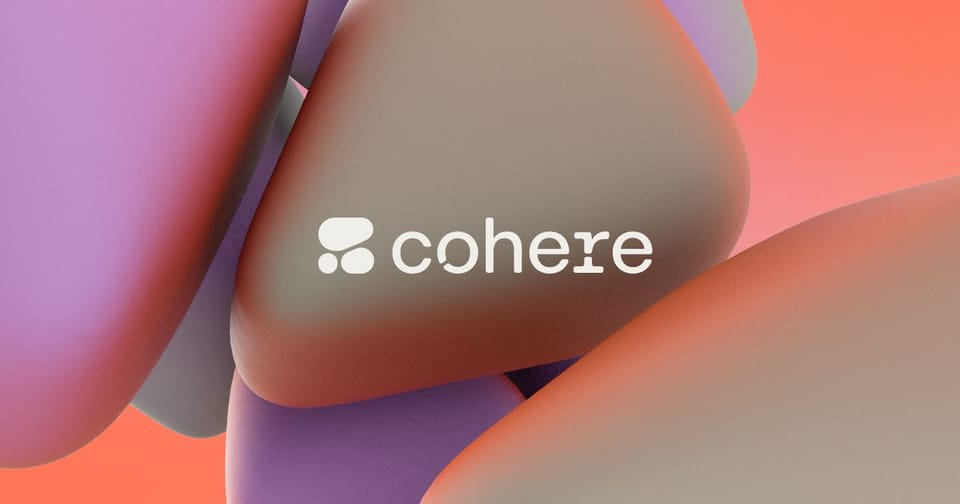If Google Can Go Dark for 7 Hours, Who’s Really in Control of the Cloud?
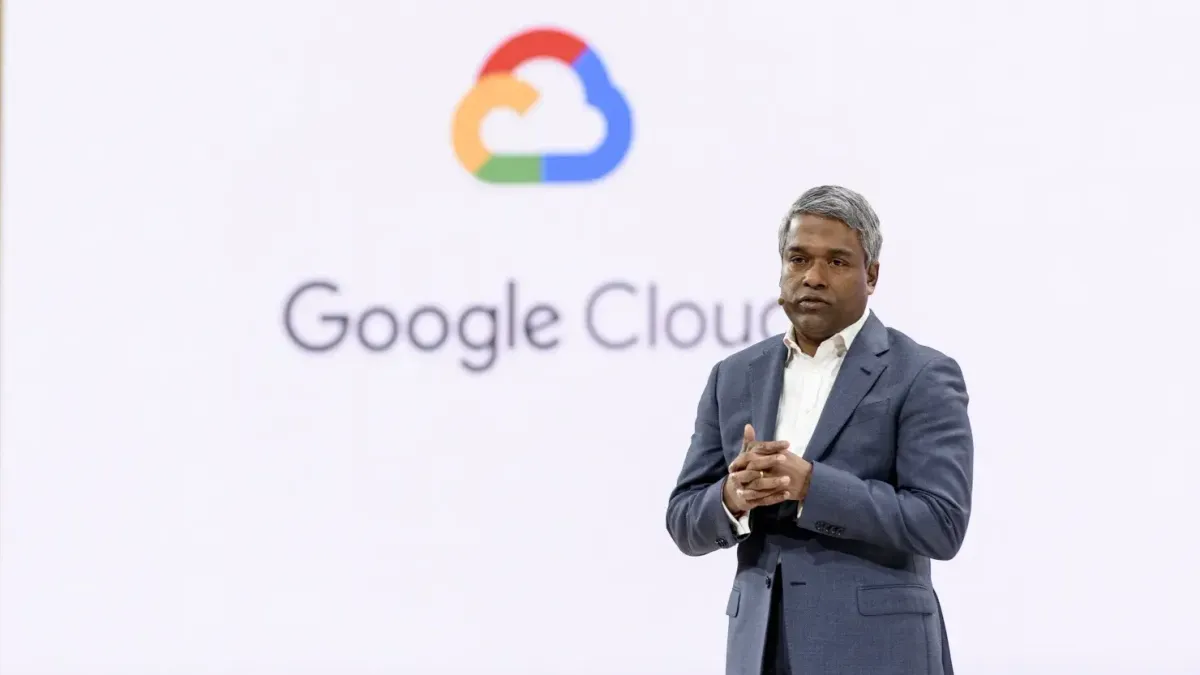

Here’s what’s in today’s issue:
- Google Cloud went down for 7 hours, taking big names like OpenAI and Shopify with it.
- Student loan payments are back, and millions just got slammed with major credit score drops.
- Three Cheerios flavors just vanished, and fans aren’t happy.
Let’s get into it.
Finance
Could restarting student-loan collections and slashing credit scores by 150 points wreck your chance at a home or a job?
Briefing: Millions of Americans just got hit with major credit score drops as federal student loan collections restarted. After a long pandemic pause, the government ended its 12-month grace period in October 2024. Now, missed payments are showing up on credit reports again and it’s hitting hard.
Details: In early 2025, about 2.2 million borrowers saw their credit scores fall by over 100 points, and nearly 1 million dropped by more than 150 points. By March, roughly 1 in 4 borrowers with active student loan bills were over 90 days late. That surge in missed payments caused the national average FICO score to dip, wiping out years of pandemic-era credit growth. Borrowers over 40 were especially impacted, and the government has started using tools like wage garnishments, tax refund seizures, and even tapping Social Security to collect unpaid loans.
Why It Matters: Lower credit scores can make it much harder to get a mortgage, car loan, credit card or even rent a place or land a job. Plus, when borrowers start directing more of their money toward overdue loans, they spend less elsewhere, which could slow down the broader economy. And with delinquencies staying on credit reports for up to seven years, the financial hit won’t go away anytime soon. (AP News)
Can AI predict which student loan borrowers are most at risk of default? Can AI explain why someone’s credit score drops? The answer to both is yes. AI models like XGBoost already help lenders predict defaults using income, education, and payment history. Explainable AI (XAI) tools now reveal the “why” behind risk scores, helping borrowers and regulators understand decisions. (IEEE)
Tech
If Google Can Go Dark for 7 Hours, Who’s Really in Control of the Cloud?
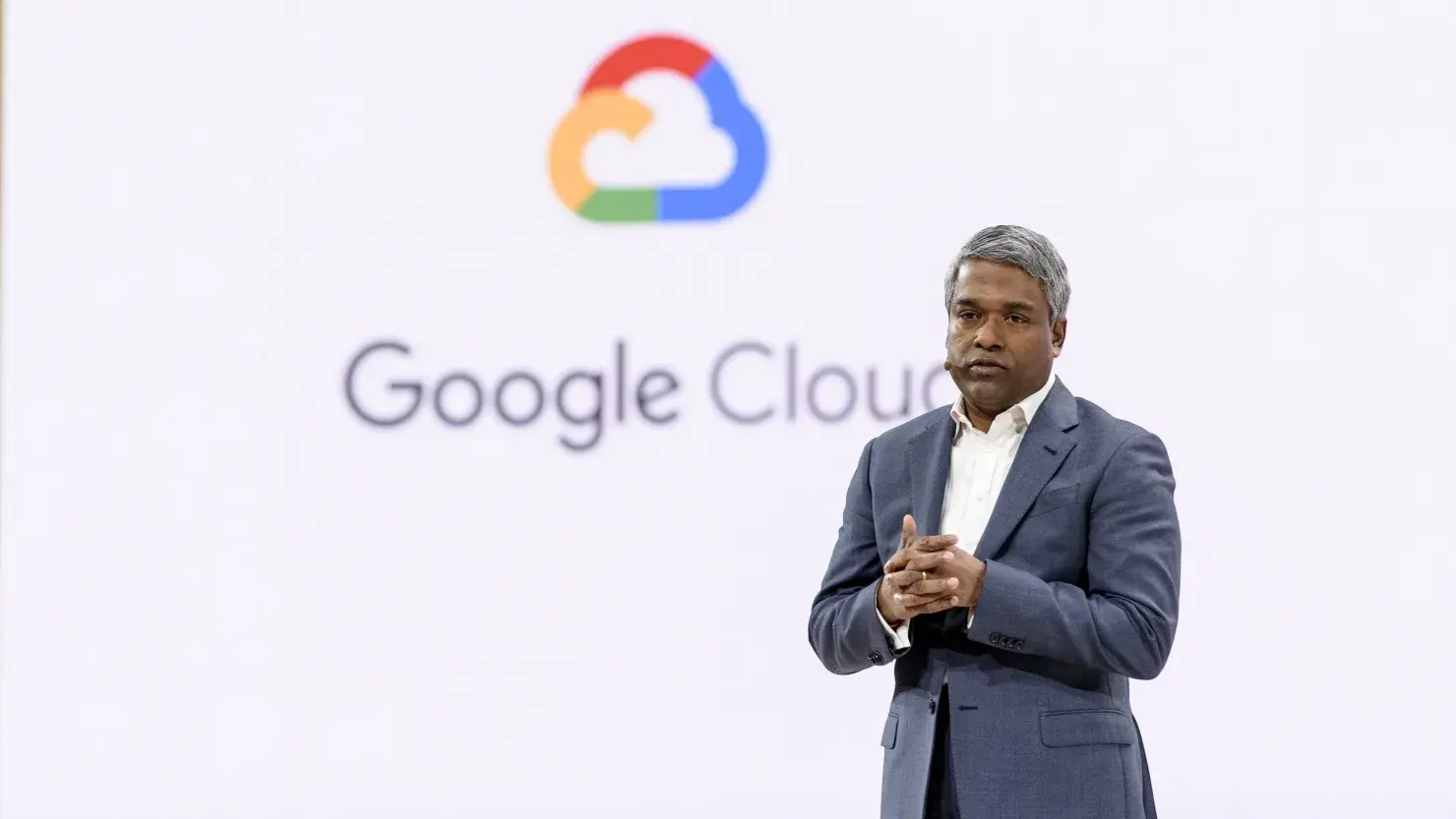
Briefing: Google Cloud had a major outage on June 12, 2025, that lasted more than seven hours. It affected over 70 cloud-based services around the world. Companies like Shopify, Discord, Cloudflare, and even OpenAI were impacted. Google has now apologized and explained what happened.
Details: The outage started just before 11 a.m. Pacific time and was completely fixed by around 6:18 p.m. While some places recovered quickly, one of the biggest regions in the U.S. took almost three hours to bounce back. The problem started because of a recent update to Google’s internal quota system. The update caused errors that weren’t caught in time, leading to crashes that spread across the system.
Google’s reliability team caught the issue within about 10 minutes and used a tool known as the “red button” to disable the bad code path in under an hour. But by then, the damage had already affected many users. Also, the Google Cloud status dashboard, which usually keeps customers informed, was down too so people didn’t get updates right away.
Why It Matters: This outage caused serious disruptions for both businesses and regular users who rely on Google Cloud services. It shows how one small error in a system update can create big problems across the internet. Google says it’s making changes to prevent this from happening again. These include better error handling, more protections in the code, and stronger tools for communicating during future outages. The incident also highlights how important it is to build cloud systems that can bounce back fast and keep users in the loop when things go wrong. (CNBC)
Why didn’t AI catch the bug earlier? And can it stop bad updates before they go live? Google’s cloud outage happened because of a coding error with no feature flag or error handling. AI tools like DeepCode, CodeWhisperer, or GitHub Copilot (paired with static analysis tools like SonarQube) could’ve flagged the missing safety checks before the update was deployed. On the monitoring side, AIOps platforms like Datadog, PagerDuty, or New Relic especially with machine learning-based anomaly detection could’ve caught the issue earlier and prevented the wide impact. (Gadgets Now)
Food
Did Your Favorite Cheerios Just Vanish Without a Warning?
Briefing: Cheerios just quietly stopped making three of its popular flavors, and fans are not happy. The flavors are Honey Nut Cheerios Medley Crunch, Chocolate Peanut Butter Cheerios, and Honey Nut Cheerios Minis.
Details: Honey Nut Cheerios Medley Crunch first came out in 2013. It had a mix of crispy flakes, oat clusters, and that classic honey nut taste. Chocolate Peanut Butter Cheerios, launched in 2017, mixed cocoa and peanut butter flavors kind of like Reese’s in cereal form. The Honey Nut Cheerios Minis were the newest, hitting stores in 2024. They were just like the original Honey Nut Cheerios but smaller and crispier, and people really loved them.
A cereal blogger on Instagram, @the_cerealqueen, noticed they were missing from shelves and reached out to General Mills. The company confirmed they’re gone for good but didn’t say why. Instead, General Mills is focusing on new Cheerios products like high-protein cereal bars, cookies, and special seasonal flavors like Frosted Lemon.
Why It Matters: These three flavors had loyal fans, especially the Chocolate Peanut Butter and Minis. Some people online said they were their “family’s favorite” or that they’re “so sad” to see them go. With these flavors gone, Cheerios is likely making space for newer products but if you love them, you might want to grab a box before they disappear completely. (Alabama)
Could AI have warned Cheerios that these flavors were losing popularity? Yes, it could have. Companies use AI tools like Amazon Forecast and SAS to track sales, spot trends, and predict which products might not sell well anymore. Brands are now using tools like Tastewise and Culinary AI to come up with new flavor ideas by studying food trends, online reviews, and what people are eating around the world. So, it’s possible the next big cereal hit could be created by AI. (Tastewise)
*Disclaimer: The content in this newsletter is for informational purposes only. We do not provide medical, legal, investment, or professional advice. While we do our best to ensure accuracy, some details may evolve over time or be based on third-party sources. Always do your own research and consult professionals before making decisions based on what you read here.

